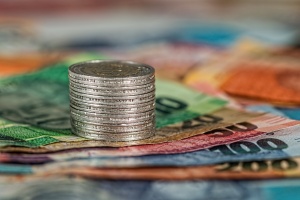Introduction to entrepreneurship/IENT103/Statements/Balance
“A balance sheet is a statement of the financial position of a business which states the assets, liabilities and owner's equity at a particular point in time. In other words, the balance sheet illustrates your business's net worth.” [1]
A balance sheet is sometimes called a 'statement of financial position' or a 'statement of net worth'. Just like an income statement, a balance sheet helps to illustrate aspects of the financial health of a business. The balance sheet is often considered a 'snapshot' of a company's financial status, because "assets, liabilities and ownership equity are listed as of a specific date, such as the end of its financial year" [2]. If a business owner wants to arrange additional finance (for example, with a bank and/or investors), or is planning on selling the business and needs to determine its net worth (where net worth = assets - liabilities), then an up-to-date balance sheet is essential [3].
In a balance sheet, "total assets (what a business owns) must equal liabilities plus equity (how the assets are financed). In other words, the balance sheet must balance" [4].
Consider the simple balance sheet below for Acme Widgets for the consecutive years 2017 and 2018, then answer the quiz below.
Balance Sheet
| Item | 2018 | 2017 | Item | 2018 | 2017 |
|---|---|---|---|---|---|
| Assets | Liabilities | ||||
| Cash | 13,000 | 9,000 | Accounts payable | 500 | 400 |
| Accounts receivable | 2,500 | 3,500 | Accrued wages | 1,500 | 1,000 |
| Equipment | 5,000 | 4,500 | Taxes payable | 2,500 | 2,500 |
| Total current liabilities | 4,500 | 3,900 | |||
| Long term debt | 7,000 | 8,000 | |||
| Owner's equity | ??? | ??? | |||
| Total Assets | 20,500 | 17,000 | Total Liabilities and Owner's equity |
20,500 | 17,000 |
References


